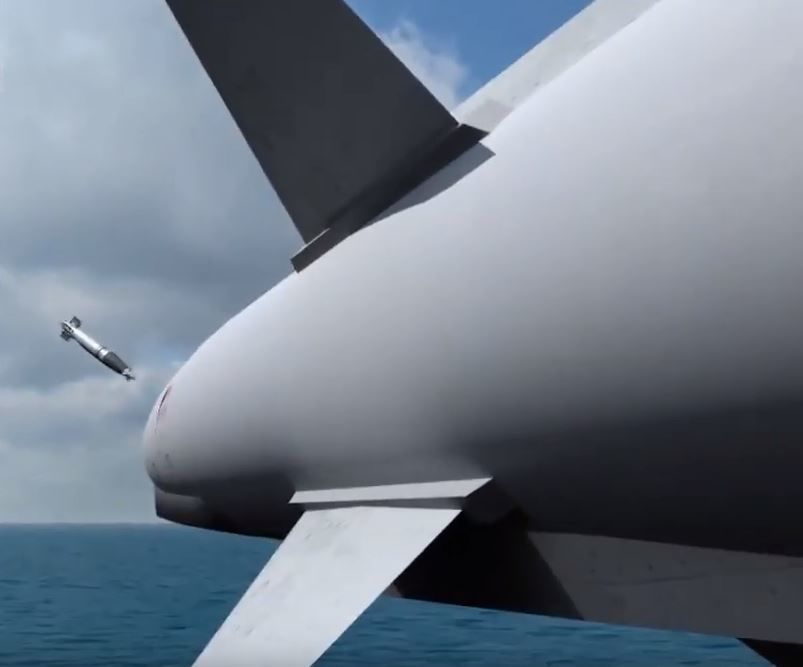When it comes to technology talent, Tucson can’t yet compete with giants like San Francisco and Seattle.
But Tucson recently got on the map — literally — as an up-and-coming, smaller North American market for top tech talent in a report issued by CBRE Research.
CBRE’s recently released 2019 “Scoring Tech Talent” report names Tucson at the top of a list, and on a map, of smaller markets experiencing rapid growth in technology-related employment, dubbed “The Next 25 Markets.”
The report ranks Tucson at the top of CBRE’s list of up-and-comers with a 90% increase in tech employment from 2013 to 2018, to 15,700 workers, and a 29% increase in average tech wages, to $90,528.
Phoenix ranked 20th among the 50 largest metro areas for tech talent.
“Tucson has many ingredients to justify itself as the top up-and-coming tech talent market,” said Matt Siegel, managing director of CBRE in Tucson.
He cited initiatives by the University of Arizona and private sector development that have created a “tech ecosystem” and the recent growth of many local tech firms.
The Old Pueblo was followed on the up-and-comers list by Hamilton and the Waterloo Region in Ontario, Canada; Las Vegas; and Des Moines, Iowa.
Phoenix was cited among the biggest cities for its tech labor pool of more than 85,000 people and 12.3% growth in its tech labor pool from 2013 to 2018. Phoenix also scored highly on the quality and moderate labor cost of its tech workforce.
The top five markets for tech talent in 2019 were the San Francisco Bay Area, Seattle, Toronto, Washington, D.C., and New York, all large markets with tech labor pools of more than 50,000.
The Tech Talent Scorecard is determined based on 13 metrics, including tech talent supply, growth, concentration, cost, completed tech degrees, industry outlook for job growth, and market outlook for both office and apartment rent cost growth.
Raytheon advancing naval gun missile
Tucson-based Raytheon Missile Systems is working with the Pentagon’s advanced-tech agency on a new missile that can be rapid-fired from naval guns to destroy swarms of anti-ship missiles, drones and small fast-attack craft.
Raytheon’s work on the Multi-Azimuth Defense Fast Intercept Round Engagement System, with the apt-sounding acronym MAD-FIRES, with the Defense Advanced Research Projects Agency (DARPA) began in 2016, and the company announced in May that it had successfully tested a rocket motor for the weapon.
“The Navy is asking for leading-edge capabilities that can take out rapidly approaching targets, and Raytheon’s interceptor for the MAD-FIRES program will deliver,” Thomas Bussing, Raytheon vice president of advanced missile systems, said in announcing the successful rocket test.
The precision-guided MAD-FIRES missiles are meant to be fired from the 57-millimeter MK110 main guns made in Kentucky by BAE Systems Bofors, which, according to the Navy, was competitively selected for installation on U.S. Coast Guard cutters and Littoral Combat System ships.
The Navy is urgently seeking new ship defenses to a new generation of fleet threats, including fast anti-ship missiles developed by China.
The gun features a 120-round automatic loader drum and can fire up to 220 rounds per minute, normally operated by remote control, the Navy says.





